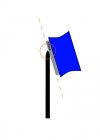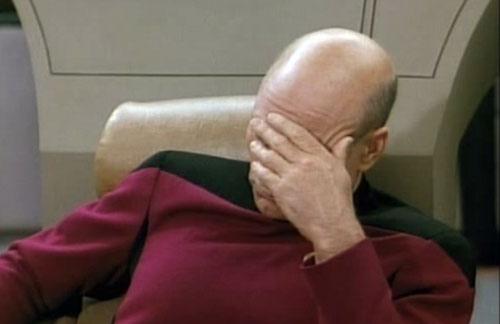Hotshot10
Gold Member
- Joined
- Dec 23, 2012
- Messages
- 347
My mother-in-law bought me a WE a few years ago, and I've been able to resharpen some of my knives quite well with it. I've been interested in buying a Fallkniven F1 or BKRT Bravo-1 for a while, but I'm not sure that I can use a WE to sharpen them. Given what I've read about convex edges, I don't know if the stone will actually reach the edge or if it will simply remove metal about a millimeter or two from the edge (see my diagram).

Does the "convex-ness" of the grind interfere with sharpening? I don't know how to phrase this question otherwise. Sorry if it's confusing.

Does the "convex-ness" of the grind interfere with sharpening? I don't know how to phrase this question otherwise. Sorry if it's confusing.





